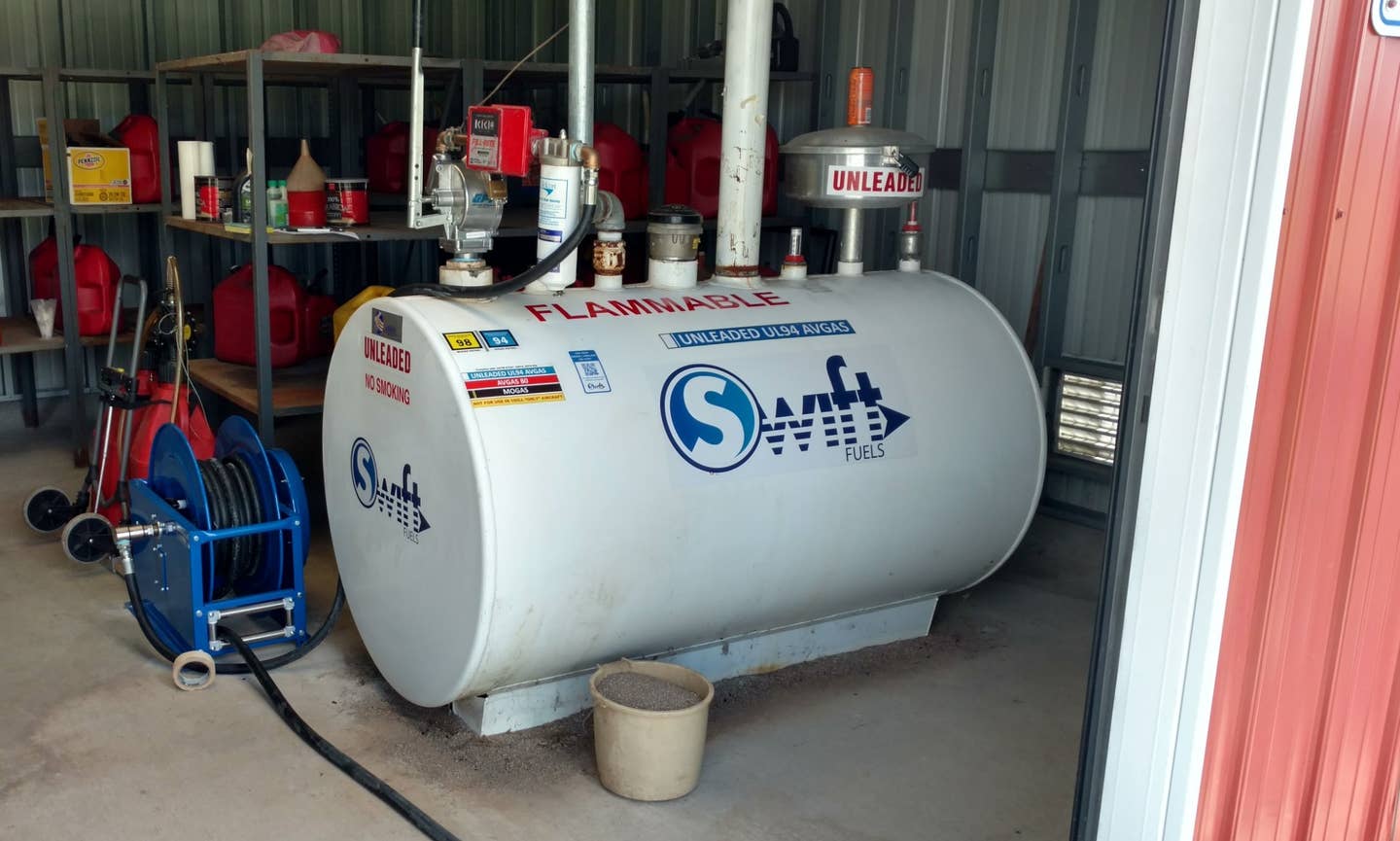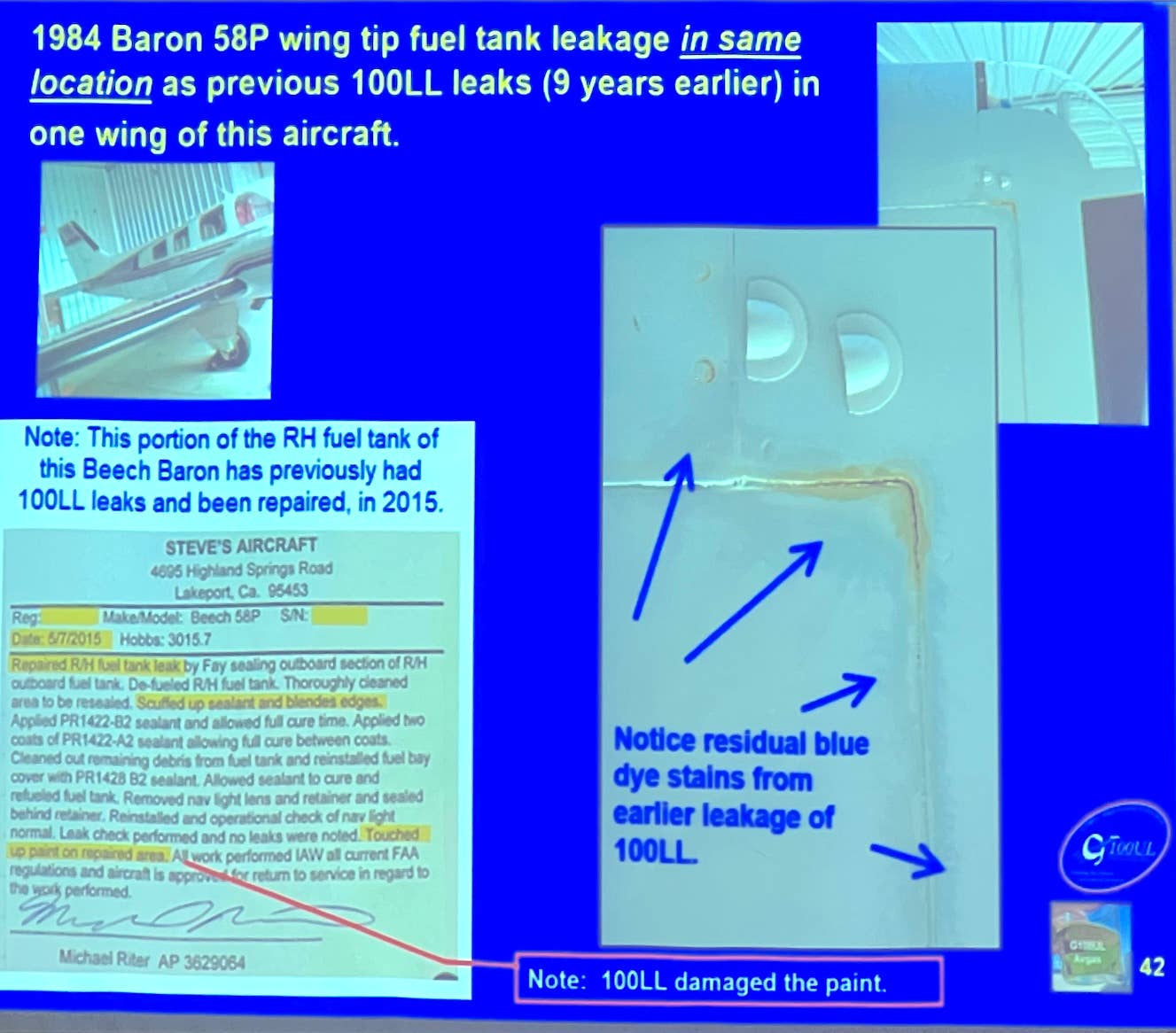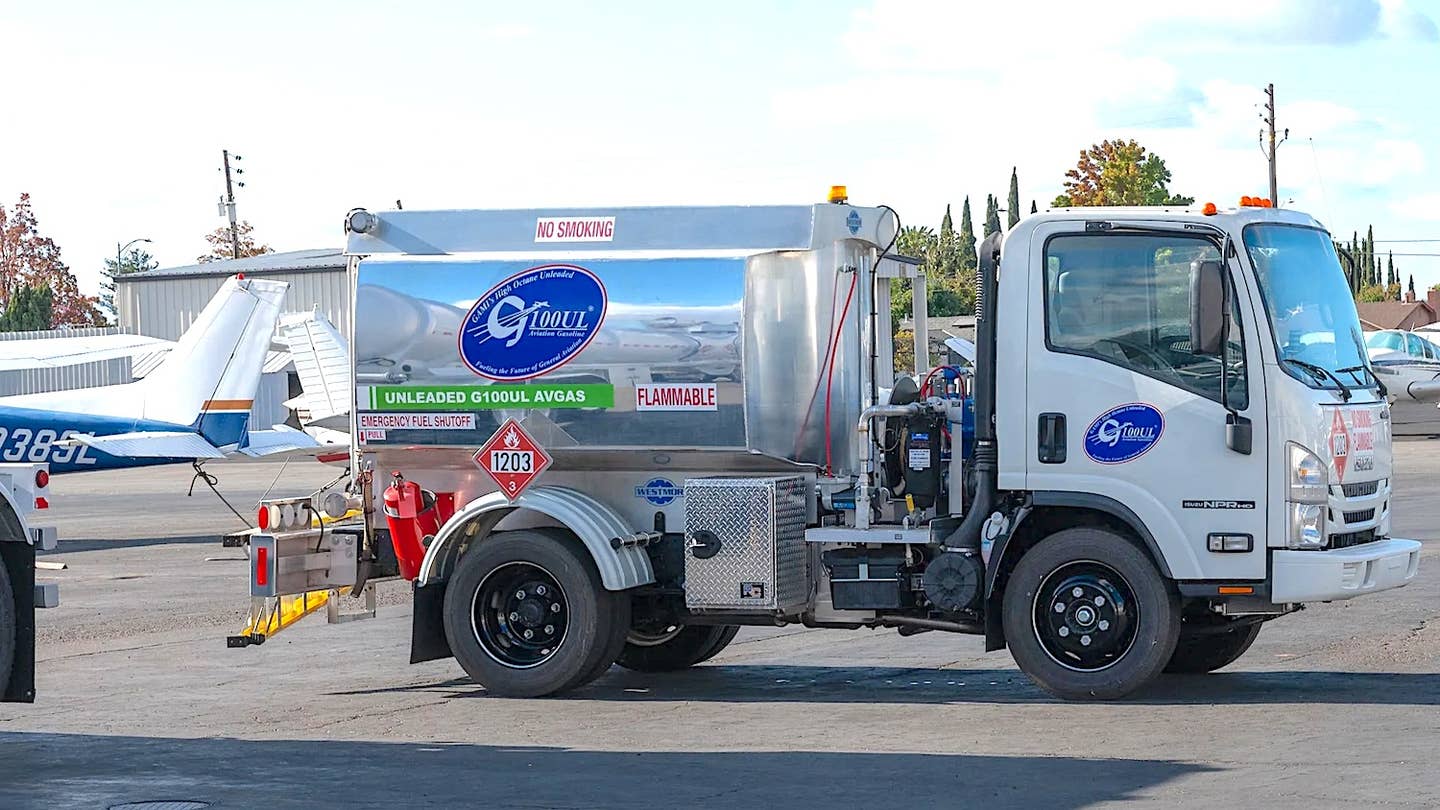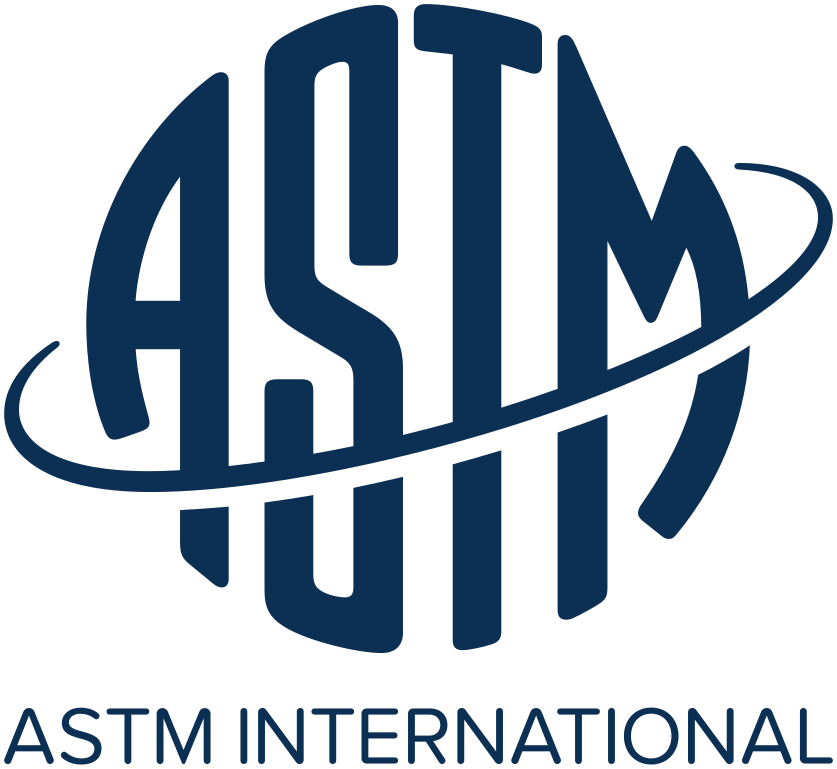More Power for Skylanes
Ready for more performance? You could get a new plane, or you could get a new engine in your plane. Five companies offer Cessna 182 engine upgrades. Better climb and increased speed come at a price: higher fuel burn.

Ready for more performance? You could get a new plane, or you could get a new engine in your plane. Five companies offer Cessna 182 engine upgrades. Better climb and increased speed come at a price: higher fuel burn.
This article appears in the November 2002 edition of Aviation Consumer and is reprinted here by permission.
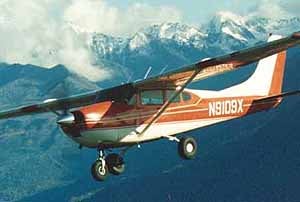 | |
Cessna 182 With Continental's | |
After purchasing a Skylane a few years ago -- my first airplane -- I replaced all of the avionics with the latest and greatest, spiffed up the interior and paint, and added some speed mods. But one thing was still lacking: a bigger, more powerful engine. Fortunately, for the Skylane owner, there are plenty of choices when it comes to upgrading the engine, testimony to the 182's market appeal. In fact, there are almost too many choices when you try to sort through prices and features across what turns out to be a diverse set of considerations.
In short, there are five primary shops serving the Skylane upgrade market, moving from the standard 230-hp Continental O-470 engine to something bigger: AirPlains, Texas Skyways, P. Ponk Aviation, Peterson's Performance Plus and John Jewell. We reviewed the engine choices from each shop and we spoke with a number of their customers. Here's a detailed overview of what each shop offers and how much it costs. We think any Cessna 182 owner who is facing an overhaul should consider these options before deciding upon an engine. The additional power improves the Skylane's climb and cruise speed and it makes it a more capable airplane.
AirPlains
I've had some history with AirPlains. Every time my mechanic called with some "suspected major engine crises," AirPlains was at the top of my list for current pricing information and options. AirPlains offers two engine choices for the 182: the IO-520 and IO-550. Both fuel-injected engines have a 1700-hour TBO. The main difference is that the IO-520 is limited to 300 hp for five minutes and then 285 hp thereafter, whereas the IO-550 provides 300 hp continuously. According to AirPlains, at 75-percent power (below 5000 feet MSL), the IO-520 burns 15 to 16 GPH and the IO-550 burns 17 to 18 GPH.
There are four price points for these two engine options. Provide your own engine (either IO-520 or IO-550) and $16,000 buys a new Hartzell propeller and all the STC paperwork. For a total of $19,000, you get the prop, STC and some new hoses, gauges, mounts, pumps and valves. For engine and all the accessories listed above, $36,000 buys the IO-520 while $42,000 buys an IO-550 with the works. Add an engine-mount mod and installation, and $42,000 buys the IO-520 while $48,000 buys the IO-550.
There's also the option of a factory-new IO-550 for $4,000 more. Add it all up then and you're talking $52,000 for your new Skylane engine. That's a fair piece of change for an airplane that might not be worth that much in the first place.
AirPlains allows local installation and estimates about 200 hours labor. But we have found that many customers chose to have AirPlains perform the installation. When we visited AirPlains, the shop was full of engines, which we were told were already sold and awaiting installation. There's usually a waiting list, so if you lunch an engine and need a replacement on the fly, you may have to wait.
Our customer survey didn't find a single dissatisfied customer regarding quality or installation. AirPlains has a no-nonsense policy towards customers. They price their engines at a "fair price" and they deliver a quality product. But they're inflexible when it comes to special requests. Because the shop is so busy and has such a backlog, don't expect special treatment. You pay the deposit and get in line. But once it's your turn, you're likely to be satisfied.
The only complaints that we've heard about AirPlains engines involve the fuel burn. The IO-550 engine is a guzzler and if you don't have long-range tanks, you'll need them. Indeed, you'll probably want to consider Flint tip tanks for your Skylane. But, that's not a problem; AirPlains offers custom interiors and paint, RMD wingtips and Flint tip tanks.
One other option is to fit the engine with GAMIjectors and run it lean of peak to conserve fuel. Yes, you'll take a slight hit in speed but you may reduce fuel burn by 1 to 3 gallons.
Texas Skyways
Turbo TroublesIf you want to add a turbo to your Skylane, good luck. You can't. For a turbo Cessna 182, you have two options: Buy a used turbo-182 or buy a new T182T. When I purchased my Skylane, I went with option one because option two was not then available. There are two types of used turbo 182s: factory turbo 182s and aftermarket turbo 182s. I purchased a Skylane that had an aftermarket Rajay turbo. The Rajay added a separate turbo control, so once you max out the O-470, you then push in the turbo throttle and engage manually-activated wastegates on two Rajay turbochargers. The system is delicate but it works reasonably well, providing full-rated power to about 11,000 ft. The problem with aftermarket products, and especially the Rajay, is support. The Rajay STC has been sold several times, eventually making its way to Texas Skyways. However, Texas Skyways doesn't yet maintain or support the STC, so for parts, you're on your own. Fortunately, with the assistance of an excellent mechanic, I was able to overhaul the entire system after I purchased my Skylane from an owner who had essentially ignored maintenance on it. Interestingly, when I began looking at bigger engines, I found that I could mount my Rajay system onto many of the big carbureted engines. But if you don't have a Rajay system, there's currently no way to add a turbo to your Skylane. At one time, AirPlains offered a turbo option for its fuel-injected engines for an extra $20,000, but no longer. When we inquired whether AirPlains would be willing to sell a one-use license for a turbo 300-hp STC, we were shocked to hear a quote of $50,000 for the license, thus, a total price of over $100,000. Obviously, AirPlains isn't too serious about marketing a turbocharger for any of its big engines. One future possibility for a Skylane turbo conversion is Texas Skyways, which is currently working on an improved version of the Rajay system. But there's no estimated date of completion. Another possibility is a 230-hp turbo diesel conversion recently approved in the U.S. by the French company, SMA and to be marketed by AeroNexx in the U.S. This turbo diesel burns Jet-A and is expected to cost at least $80,000 for installation in a Skylane, which includes an entirely new cowling. A 300-hp turbo diesel for the Skylane is also on the drawing board. We'll keep our fingers crossed. |
I've also had lots of interaction with Texas Skyways. My Skylane had a Rajay turbo (see sidebar, Turbo Troubles) and Texas Skyways owns the Rajay STC, recently purchased from Consolidated Fuel Systems.
Unfortunately, Texas Skyways doesn't support the STC (at least not yet), and without support, parts are a hassle. However, when I had a fuel pump failure and had to make an emergency landing at a military airfield, Texas Skyways gave me the only fuel pump off its prototype new turbo system. You can't complain about that level of cooperation. However, things at Texas Skyways frequently move on "Texas time." If you speak with any of the Johnson family -- the owners and operators of Texas Skyways -- you will find that they are friendly and helpful. But sometimes things take more time than expected. When we called about this article, it took three tries to get the necessary information. We've heard similar concerns from other prospective customers regarding unanswered requests for information.
Texas Skyways offers four engines: a 250-hp O-470-U, a 260-hp O-520, a 280-hp O-520 and a 285-hp O-550, all Continental engines, of course. All of the Texas Skyways engines are carbureted and all offer a surprising 2500-hour TBO. Texas Skyways doesn't provide information on fuel burn with its materials, but we've been told that the 250-hp O-470 will burn about the same as a standard 230-hp O-470 and the O-520 and O-550 will burn about the same as the same AirPlains engines.
Pricing the Texas Skyways engines is a hassle because Texas Skyways doesn't provide complete pricing in advance. You must choose a specific engine, then you get the pricing. To do so, you first have to choose the engine, then you have to choose options and finally you have to choose the type of manufacture. The first decision can be made basically on the power desired and fuel burn. The second decision is more difficult because Texas Skyways offers so many options. The third decision involves picking a Texas Skyways remanufacture or a factory-new engine (from Continental) or even a new Millennium engine from Superior.
Despite these pricing difficulties, for a standard installation (with three-blade prop), we're told that the following estimated prices are typical: $32,000 for the O-470-U, $36,000 for the 260-hp or 280-hp O-520 and $41,000 for the 285-hp O-550. Add even more money for a factory-new engine or new Millennium engine. Thus, with standard options, installation of a typical Texas Skyways engine sets you back about $38,000 to $52,000. Think about adding all the options -- including a new Skylane engine mount -- and your invoice could top $70,000.
Texas Skyways allows local installation of its engines, but we wouldn't recommend it. In our customer survey, everyone with a engine installed by Texas Skyways onsite in Boerne, Texas, was happy with the engine and service. But customers with local installations were not entirely happy. Primarily, customer complaints centered around cylinder problems after the installation. Texas Skyways claims that these problems do not happen with onsite installations.
Like the owners of the AirPlains engines, owners of Texas Skyways engines are loyal. Find a Skylane owner with one of these engines and you'll find a happy customer.
P. Ponk
(Click photos for larger versions)
| |
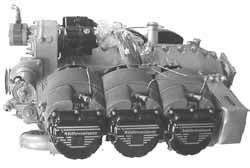 | |
P. Ponk's "O-470-50" Engine -- 520 cubic inch Cylinders with Basic | |
Before I sold my Skylane, I had decided to purchase a new engine from P. Ponk. Because of that, when a colleague in the Cessna Pilot's Association purchased a P. Ponk engine, I followed the entire purchase and installation process. For the most part, the process was painless. There were a few delays but not more than a few weeks. The engine was eventually delivered as promised, and so far, the engine has been flying flawlessly.
When I first attempted to contact P. Ponk last year, it took some patience. When you call, you usually speak with someone, but they almost always tell you that you'll have to "speak with Steve" -- that is, Steve Knopp, the owner of the company. He's occasionally hard to find but helpful and forthcoming when you finally corral him. P. Ponk generally offers two engine choices for the Cessna 182: An overhaul of your O-470 to create an O-470-50, which is an O-470 with O-520 cylinders, or conversion of a TSIO-520 to an O-470-50.
Both engines have a 1700-hour TBO, which can be extended to 2000 hours with installation of an oil filter. The result of either option is an O-470-50 at 265 hp to 275 hp. Both engines retain the stock Cessna carburetor, which must be modified by P. Ponk for all of the O-470-50 engine conversions. According to P. Ponk, the O-470-50 burns about 15 to 16 GPH at 75 percent power.
The cheapest option is overhaul of your O-470 to an O-470-50 at $19,000 plus installation. Pick the other option and you add about $5000 to the price, thus the total is $24,000. One advantage of the P. Ponk engines is that you may not need to add a new propeller. Certain propellers are rated to work with the P. Ponk conversion, but if you need a new propeller (for the extra power) or you want a new three-blader, add about $8000, increasing total cost to $25,000 to $30,000 plus installation. Although not commonly known, P. Ponk also offers a 300-hp fuel-injected IO-520, which requires a three-blade prop. Because it's not common, hwever, P.Ponk preferred not to name a price. Call for a custom quote.
One thing we like about P.Ponk is the flexibility. Steve Knopp (note that Knopp is P. Ponk spelled backward) allows customers to make almost any specific requests or modifications. For example, my CPA friend specified a new (not overhauled) crankshaft, ECI cylinders and all sorts of other specific requests. Also, before I sold my Skylane, I planned to get a factory engine with Millennium cylinders. Knopp will build an engine to your specs.
The flexibility of P. Ponk is confirmed by the fact that you can buy a use license for the STC for $1,450 and have your local shop build your engine just as P. Ponk would. This is a nice feature not offered by most of the competition. Also, you can have a P. Ponk engine built and installed at one of the P. Ponk dealers, which are located from Washington to Arizona to Arkansas to Virginia.
Our customer survey found satisfied customers. My CPA friend was happy with his new engine, although some nagging vibration issues exist, which could probably be solved with a new engine mount. We also spoke with other owners who have had good, long service with P. Ponk installations.
Peterson's Performance Plus
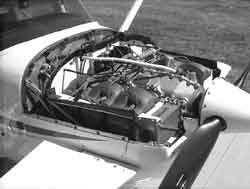 | |
Peterson Performance IO-470 Installed in a Peterson STOL Mod (Note the canards for improved pitch control.) | |
Although generally known for the $100,000-plus canard-enhanced 260SE/STOL conversion, Peterson's Performance Plus also sells its IO-470 engine as an engine upgrade. I became familiar with the Peterson 260SE/STOL conversion after I saw a Skylane equipped with the fantastic canard device that allows the 260SE/STOL to safely "fly" at 55 knots (with a 35-knot stall speed).
The Peterson IO-470 upgrade is simply a stock, unmodified factory engine with a full factory warranty. But unlike the 230-hp O-470, the IO-470 offers 260 hp. Todd Peterson swears by this engine because it has fuel injection instead of a carburetor and burns only 13 GPH. Peterson sells the IO-470 for $46,000, which covers everything, including installation.
Peterson doesn't license the STC for the IO-470 upgrade. If you want one, you have to deal with Peterson or one of his approved installation facilities. Peterson explains that he tried selling the STC, but installation errors caused too many problems, so he no longer farms out the approvals.
Customer satisfaction is almost a non-issue with Peterson customers. These customers are not just satisfied but fanatical. We have spoken with several owners (and received letters from several more) and Peterson customers unanimously give high praise to all things Peterson.
John Jewell
The new kid on the block for big engines for the Skylane is John Jewell Aircraft in Mississippi. The John Jewell Cessna 182 engine STC was originally the Bonnaire conversion, based in Tennessee. But Bonnaire sold the 182 STCs to John Jewell and since then, Jewell has been growing the business. When we contacted this shop, we were impressed with the professional Web site, the slick graphics on the sales brochures. (We were less impressed with the lack of response when we asked for photos to illustrate Jewell's products.)
John Jewell offers three engine choices: an O-470-U, an IO-520, and an IO-550. The O-470-U offers 252 hp with a 2000-hour TBO, the IO-520 has 285 hp with a 1700-hour TBO and the IO-550 has 300 hp, also with a 1700-hour TBO. Fuel burn is consistent with engines from the competition.
Interestingly, all of John Jewell's STCs include installation of a new heavy engine mount that reduces the type of vibration common with many of these high-horsepower conversions. John Jewell sells its three big engines as "conversion packages plus engine," which means the package includes the equipment to handle the bigger engine, including a new prop, plus a factory engine, either new or factory reman.
For the O-470-U, there are three conversion options: reuse of the customer's two-blade prop package at $5300, a new two-blade prop package at $8000 or a three-blade prop package at $15,500. Add the engine (either new at $23,500 or reman at $20,000) and the total costs for these packages are as follows: reuse two-blade package at $28,800 (new) or $25,300 (reman); new two-blade package at $31,500 (new) or $28,000 (reman); or new three-blade package at $39,000 (new) or $35,500 (reman). For the IO-520 and IO-550, the three-blade prop package is $22,600. Add the IO-520 engine (either new at $26,000 or reman at $22,000), and the total cost is $48,600 (new) or $44,600 (reman); add the IO-550 engine (either new at $30,000 or reman at $26,200), and the total cost is $52,600 (new) or $48,800 (reman).
None of these prices include installation. John Jewell estimates 140 to 160 hours labor for the installation. As with the other engine conversion houses, John Jewell also offers installation. Like AirPlains (but dissimilar to Texas Skyways), John Jewell's prices include everything -- all parts for the engine conversion, including new engine baffling. Also, the sales materials provide a detailed listing of all the new parts and we found the list impressive. Plus, in contrast to the competition, John Jewell's sales materials also include detailed flight test reports.
You can compare the performance of the various prop choices for the IO-470-U and you can compare speeds at various altitudes with all of the engine conversions. We were impressed and surprised by the detailed, professional presentation of all the information.
Because John Jewell is so new to the market, we couldn't locate any owners with these conversions. However, we did locate several owners with the Bonnaire conversion and none had any complaints.
Conclusions
If money is no object, the old school has traditionally gone with either AirPlains or Texas Skyways. AirPlains offers 300 hp, and there's no replacement for displacement. If you've got $50,000-plus to spend on your new engine, we think AirPlains is a worthy place to spend it, based on customer experiences.
Also, with a large following, the Texas Skyways 285-hp carbureted engine with a 2500-hour TBO is attractive but we'd rather have another continuous 15 hp, especially when the price delta is about the same. Further, all things considered, we prefer a fuel-injected engine for its efficiency and lower susceptibility to induction icing.
Before you spend $50,000 with AirPlains, however, we would give John Jewell a look. If Jewell builds and installs engines as well as they assemble sales materials, they have a promising future. If we had more customer feedback, they'd have our recommendation.
Just below the $50,000 benchmark is Peterson, with the $46,000 260-hp conversion. Installed in a 260SE/STOL, these are great systems with a fanatically loyal following of satisfied customers. But we're not sure they're the best price-to-power conversion choice.
Well below the $50,000 price point is P.Ponk. It's true that P.Ponk is less known in Cessna circles, but given the price delta -- about half the price of a big engine from the competition -- we'd seriously consider them.
About the Author ...
Lionel Lavenue is a regular contributor to Aviation Consumer. He owns a Cessna 206 currently grounded due to the Lycoming crankshaft AD.


